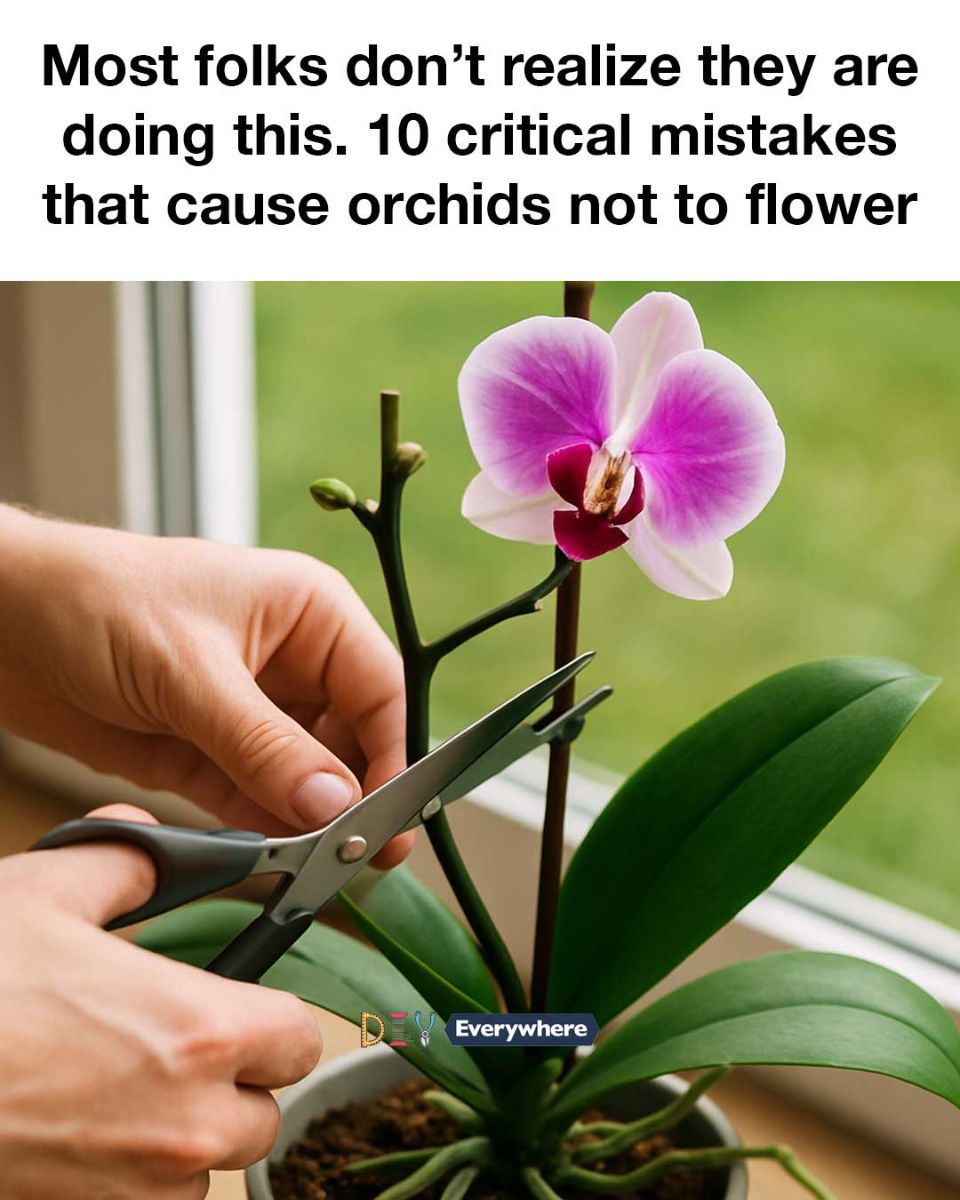Orchids are among the most beautiful and exotic plants, cherished for their stunning blooms and intricate patterns. However, many orchid enthusiasts find themselves frustrated when their plants refuse to flower. Understanding the unique needs of orchids is crucial to overcoming this challenge. Orchids are sensitive to their environment, and even minor deviations from their ideal conditions can prevent them from blooming. By identifying and correcting common mistakes, you can help your orchids thrive and enjoy their spectacular flowers.
The Importance of Proper Orchid Care
Proper orchid care is essential for healthy growth and flowering. Unlike typical houseplants, orchids have specific requirements that must be met to encourage blooming. These include the right balance of water, light, temperature, humidity, and nutrients. Understanding these needs and providing consistent care can make the difference between a thriving orchid and one that struggles to flower. By paying attention to these factors, you can create an environment where your orchids can flourish.
Common Missteps in Orchid Maintenance
Many orchid owners unknowingly make mistakes that hinder their plants’ ability to bloom. These errors often stem from a lack of understanding of the orchid’s natural habitat and needs. By recognizing these common missteps, you can adjust your care routine to better support your orchids. From watering habits to environmental conditions, each aspect of orchid care plays a role in their ability to produce flowers.
Mistake 1: Overwatering Orchids
Overwatering is one of the most common mistakes made by orchid owners. Orchids are epiphytes, meaning they naturally grow on trees and have adapted to receive moisture from the air rather than from soil. Overwatering can lead to root rot, which prevents the plant from absorbing the nutrients it needs to flower. To avoid this, allow the potting medium to dry out between waterings and ensure proper drainage.
Mistake 2: Insufficient Light Exposure
Light is a critical factor in orchid blooming. Many orchids require bright, indirect light to thrive. Placing orchids in low-light conditions can prevent them from flowering. To ensure your orchids receive adequate light, place them near a window with filtered sunlight or use artificial grow lights if natural light is insufficient.
Mistake 3: Incorrect Temperature Conditions
Orchids are sensitive to temperature changes, and incorrect temperature conditions can inhibit blooming. Most orchids prefer temperatures between 65-75°F (18-24°C) during the day and slightly cooler at night. Sudden temperature fluctuations or exposure to drafts can stress the plant and prevent flowering. Maintaining a stable temperature environment is key to promoting blooms.
Mistake 4: Poor Air Circulation
see continuation on next page
ADVERTISEMENT

